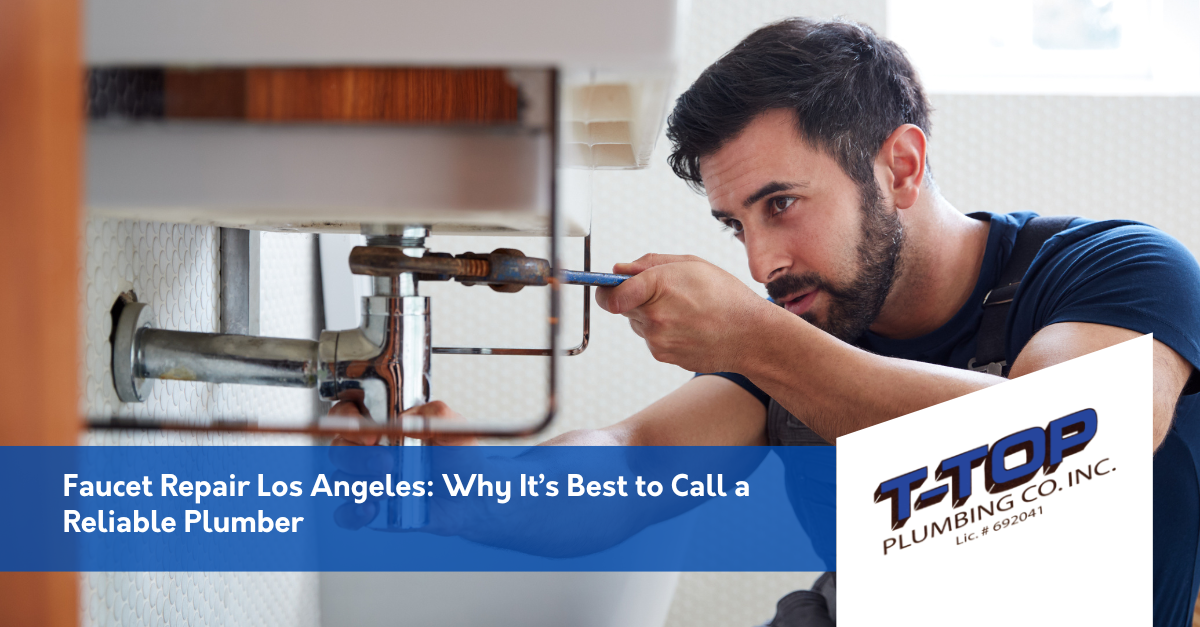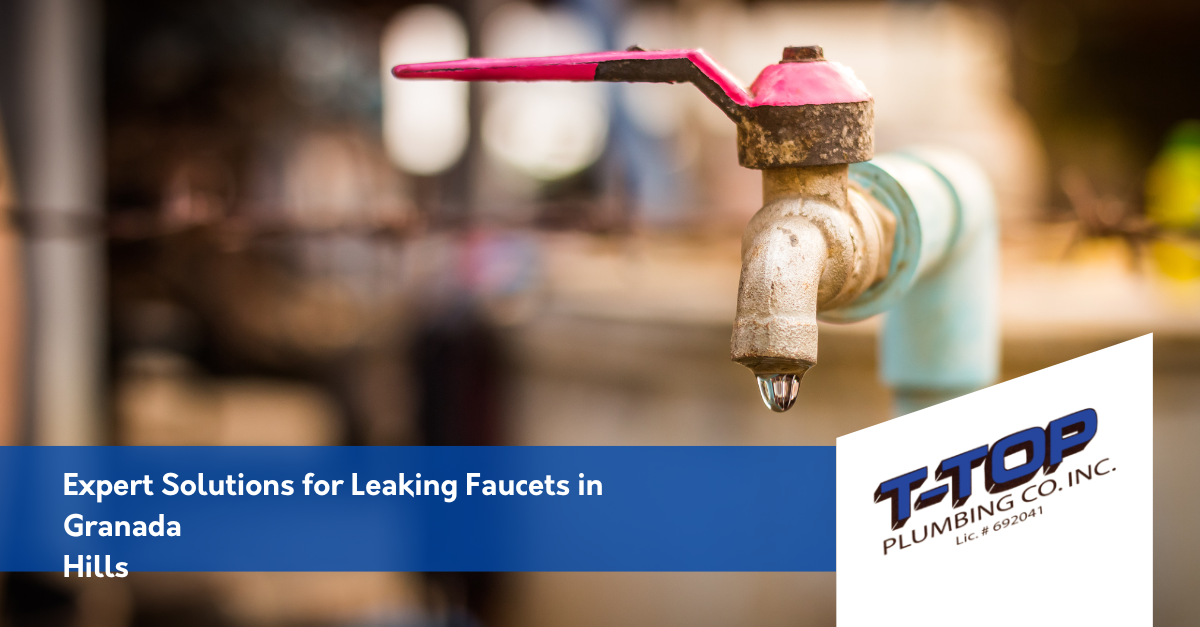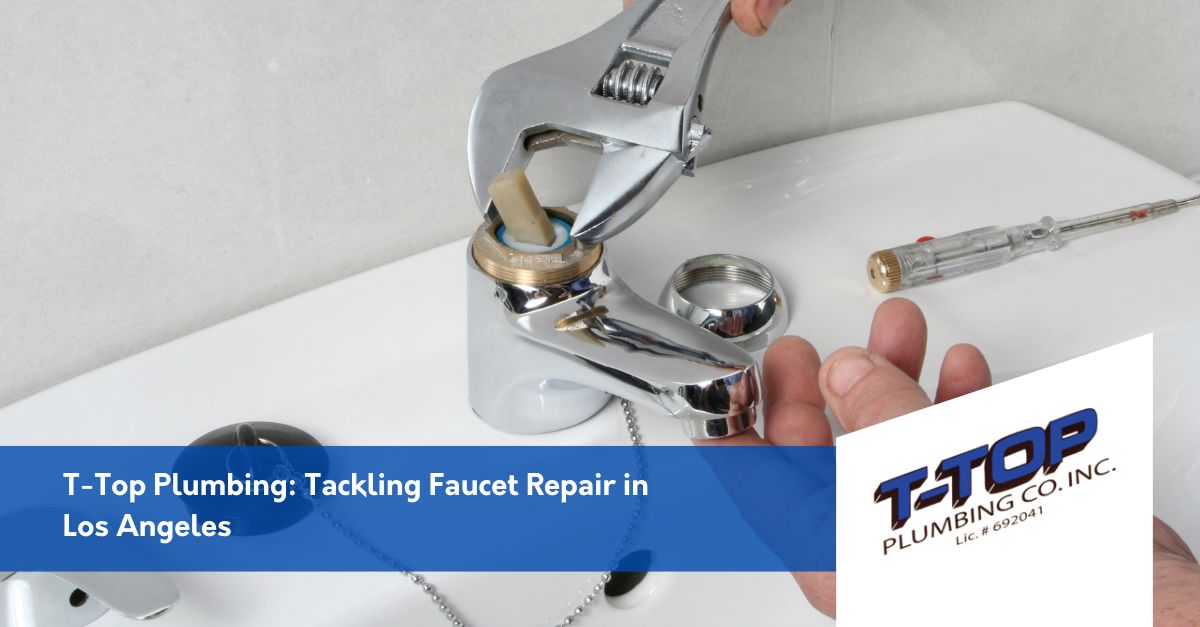That persistent drip from your kitchen faucet might seem like a minor annoyance, but it could be signaling a much bigger problem. While many homeowners assume every leak can be fixed with a simple repair, the reality is that some faucets have reached the end of their useful life. Knowing when to repair versus replace can save you money, prevent water damage, and eliminate ongoing frustration. Let’s identify the telltale signs that your leaking faucet in Granada Hills needs replacement rather than another temporary patch job. We’ll explore the key indicators that signal it’s time for an upgrade, the costs involved, and how to make the best decision for your home and budget.
When Minor Repairs Become Major Headaches
Recurring Leaks That Keep Coming Back
The most obvious sign that replacement might be necessary is when you find yourself dealing with the same leak repeatedly. If you’ve already repaired your faucet multiple times within the past year, you’re likely fighting a losing battle against worn-out internal components.
Chronic faucet leak Granada Hills residents often experience typically stem from deteriorated valve seats, corroded internal mechanisms, or worn-out O-rings that can no longer maintain a proper seal. While these individual parts can be replaced, frequent failures indicate the entire unit is breaking down systematically.
Water Pressure Problems That Won’t Resolve
Low water pressure from your faucet can result from several issues, but when cleaning aerators and checking water supply lines doesn’t solve the problem, internal blockages or component failures are likely culprits. Mineral buildup inside older faucets can become so severe that it restricts water flow permanently.
Conversely, if your faucet suddenly produces too much pressure or water flow becomes erratic, internal regulators may have failed. These symptoms often indicate that multiple components are malfunctioning simultaneously.
Visible Corrosion and Rust
External signs of deterioration provide clear evidence that your faucet’s lifespan is ending. Rust spots, green corrosion (particularly on brass fixtures), and flaking metal finish indicate that moisture has penetrated the faucet’s protective coating.
Once corrosion begins affecting internal components, repairs become increasingly difficult and expensive. The structural integrity of corroded faucets is compromised, making them prone to sudden failures that can cause water damage.
Age-Related Factors to Consider
The 15-Year Rule
Most quality faucets have a lifespan of 15 to 20 years under normal usage conditions. If your faucet is approaching or exceeding this age range, replacement often makes more financial sense than continued repairs.
Older faucets may also use outdated technology that makes finding replacement parts difficult or expensive. Manufacturers discontinue support for older models, leaving homeowners with limited repair options.
Compatibility Issues with Modern Plumbing
Homes with updated plumbing systems may experience compatibility problems with older faucets. Water pressure changes, pipe material updates, and modern water treatment systems can all affect how well vintage faucets perform.
Installing a new faucet designed for current plumbing standards often resolves these compatibility issues while improving overall performance and efficiency.
Financial Considerations: Repair vs. Replace
When Repair Costs Don’t Make Sense
A general rule of thumb is that if repair costs exceed 50% of a new faucet’s price, replacement is the more economical choice. This calculation should include not just parts and labor for the immediate repair, but also the likelihood of future repair needs.
High-end faucets may justify more expensive repairs, but budget and mid-range faucets often cost less to replace than to repair professionally. Factor in the warranty coverage that comes with new faucets when making this comparison.
Hidden Costs of Delaying Replacement
Continuing to patch an aging faucet can lead to unexpected expenses. Water damage from sudden failures, increased water bills from persistent leaks, and the cumulative cost of multiple repair attempts often exceed the upfront cost of replacement.
Emergency plumbing calls for faucet failures typically cost more than planned replacements, making proactive replacement a smart financial strategy.
Performance and Efficiency Upgrades
Water Conservation Benefits
Modern faucets include water-saving features that can significantly reduce your utility bills. Low-flow aerators, automatic shut-off sensors, and improved valve designs help conserve water without sacrificing performance.
Replacing an old, inefficient faucet with a WaterSense-certified model can save thousands of gallons of water annually while providing better functionality.
Improved Functionality and Features
New faucets offer conveniences that older models can’t match. Pull-out sprayers, touchless operation, temperature memory settings, and multi-flow options enhance daily usability.
These features aren’t just luxuries—they can improve kitchen efficiency, reduce cleanup time, and provide better control over water usage.
Safety and Health Concerns
Lead and Other Contaminants
Faucets manufactured before 2014 may contain lead components that can leach into drinking water. If your faucet predates current lead-free standards, replacement provides important health benefits for your family.
Corroded internal components can also harbor bacteria and affect water taste and odor. New faucets with antimicrobial finishes and improved materials provide safer, cleaner water delivery.
Structural Integrity Issues
Loose faucet handles, wobbly spouts, and unstable mounting indicate that structural components are failing. These problems can lead to sudden breakage, potentially causing injury or property damage.
A faucet that can’t be properly tightened or secured requires immediate replacement to prevent accidents and water damage.
Professional Assessment and Installation
Getting Expert Advice
The master plumbers at T-Top Plumbing can repair and install all faucets. We’re here to make faucet repairs, faucet replacements, and faucet installations a painless process for homeowners. There’s no lost pride in ensuring your home improvement project is done correctly from the start.
Professional assessment can identify problems that aren’t immediately obvious to homeowners. Hidden leaks, improper installation, and compatibility issues are best diagnosed by experienced plumbers who can recommend the most cost-effective solution.
Proper Installation Matters
Even the highest-quality faucet will fail prematurely if not installed correctly. Professional installation ensures proper sealing, appropriate water pressure settings, and compliance with local plumbing codes.
Warranty coverage often depends on professional installation, making DIY replacement a risky proposition for expensive faucets.
Making the Right Decision for Your Home
Evaluating Your Specific Situation
Consider your home’s age, plumbing system condition, and long-term renovation plans when deciding between repair and replacement. If you’re planning a kitchen or bathroom remodel within the next few years, investing in extensive faucet repairs may not be worthwhile.
Factor in your household’s water usage patterns, aesthetic preferences, and desired features when weighing replacement options.
Timing Your Replacement
Planned replacement during non-emergency situations allows you to research options, compare prices, and choose the best faucet for your needs. Emergency replacements often result in settling for whatever is immediately available.
Consider seasonal factors—holiday gatherings, summer entertaining, or other high-usage periods—when scheduling faucet replacement to minimize inconvenience.
Choosing Quality Over Quick Fixes
Recognizing when your faucet has reached the end of its useful life saves money and prevents ongoing frustration. While the upfront cost of replacement may seem significant, the long-term benefits of reliable performance, water conservation, and peace of mind make it a worthwhile investment.
Professional evaluation can help you make an informed decision based on your specific situation and needs. Whether you’re dealing with persistent leaks, declining performance, or simply want to upgrade to modern features, choosing replacement over repeated repairs often proves to be the wisest choice.
Don’t let a failing faucet disrupt your daily routine or risk water damage to your home. Contact qualified plumbing professionals to assess your situation and recommend the best solution for your specific needs and budget.





